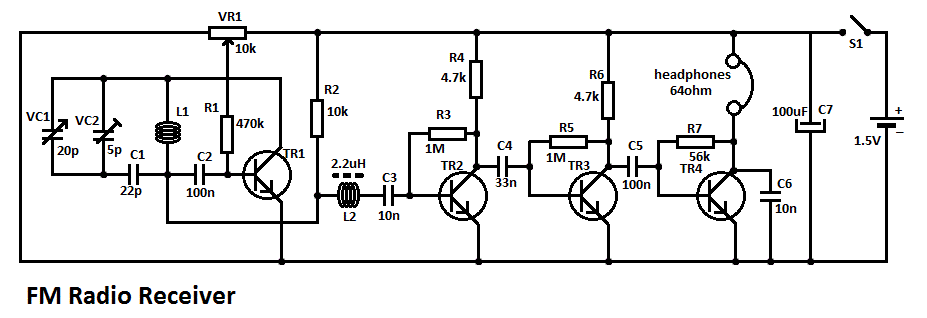- #1
michael1978
- 434
- 19
Hello, i build the radio like they say in the book, and i did everything with VOM(testing with only multimeter),
everything was like in book , but when i finish, i switch to am or fm, i just hear high noise

everything was like in book , but when i finish, i switch to am or fm, i just hear high noise





